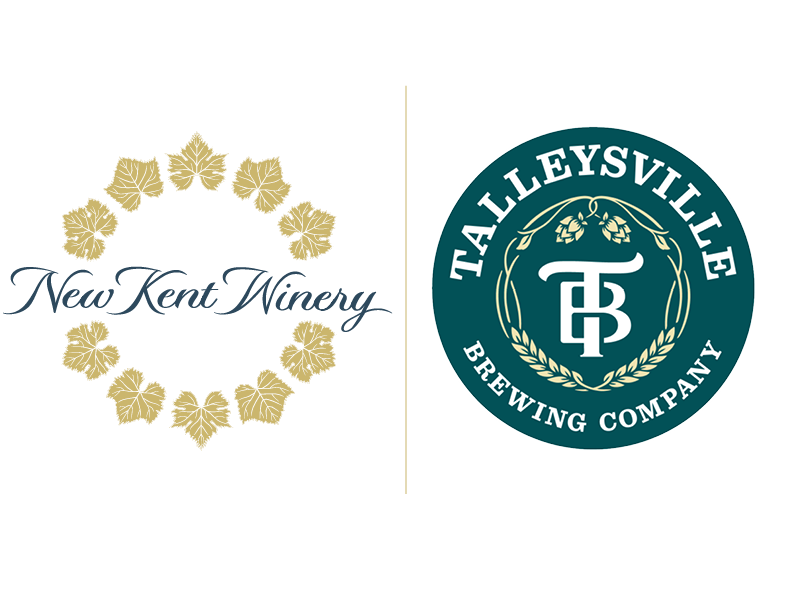Brix Testing Our Grapes - New Kent Winery
Now that we have officially kicked off our 2017 harvest season, we wanted to give you all a little more insight into what we do during harvest and how we know our grapes are ready to be picked. Today we will go into our Brix Testing and why/how we do this.
Brix testing is the process of testing the sugar content of our grapes to see how ripe they are. The brix and PH numbers of each vineyard will determine our harvest schedule and help us plan for when to pick all of our grapes. We are ideally looking for a brix number somewhere between 21.5 and 23 by the end of the growing season.
We gather 100 berry samples from each varietal in our vineyards. We then manually crush the grapes to produce juice that is poured into a graduated cylinder. The graduated cylinder is holding vessel for us to place a hydrometer into and get one of our prix readings. (see images below) The hydrometer is a glass tube with specifically designed chemicals in the bottom that suspends itself in the juice to give us a proper reading.
After recording our first reading from the hydrometer, we will take a second reading which will be used in our brix average. We pour a small amount of juice on a refractometer (pictured below) which also measures brix. The refractometer is used similarly to binoculars or a telescope by holding it up to your eye, tilting it toward a light, and looking through it to get your reading from the scale on the inside.
When the berries just start to form, their brix reading is around a 6 or 7. As they continue to ripen and grow larger, that number increases to around a 12-13 at the beginning of verasion (when the grapes ripen and begin to change colors). By the end of the growing season, we are usually looking for a 21.5 to 23 brix reading. The white grapes tend to be on the lower end of that range, while the red grapes are on the higher end due to the longer amount of time they spend hanging on the vine.
If you have any questions about this process or would like to learn work about harvest and winemaking at New Kent Winery, please feel free to email us at info@newkentwinery.com!
Photography provided by Lindsay Dombroski.









